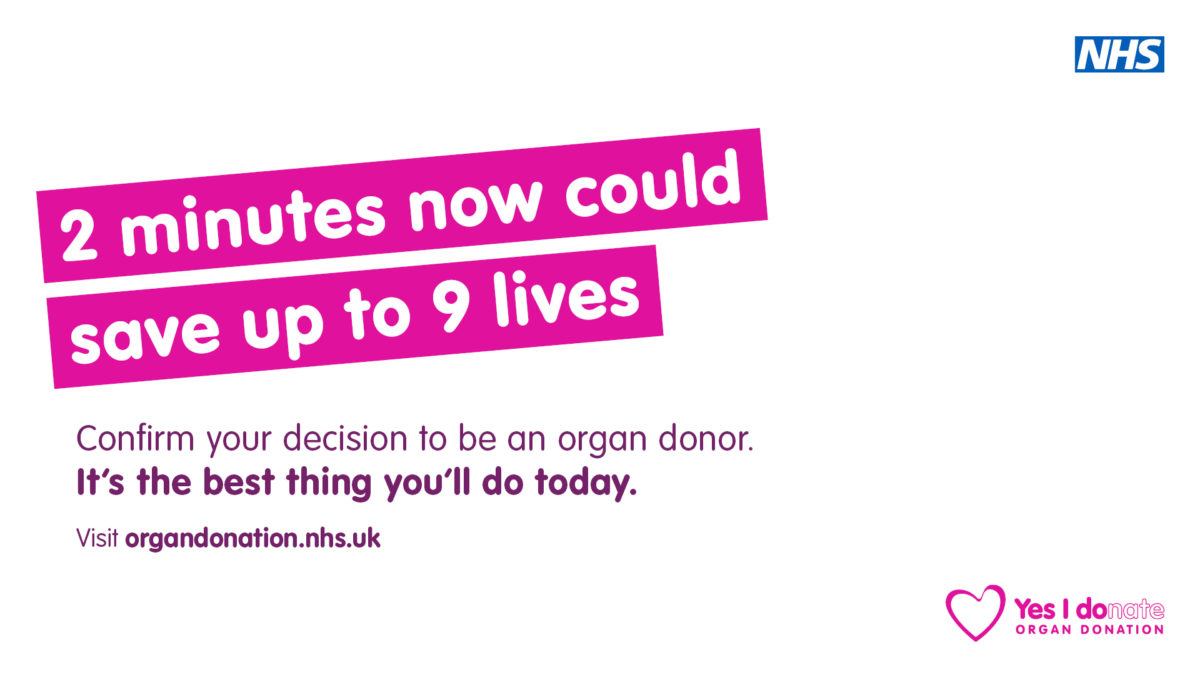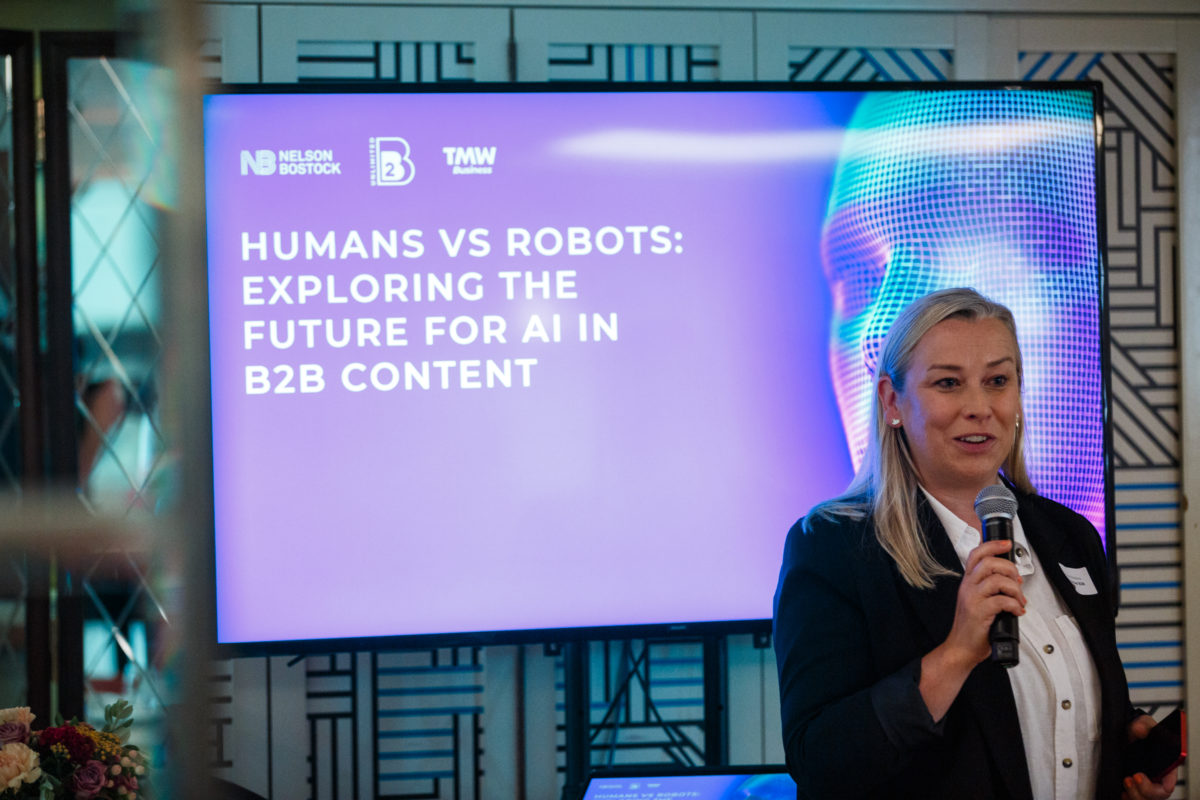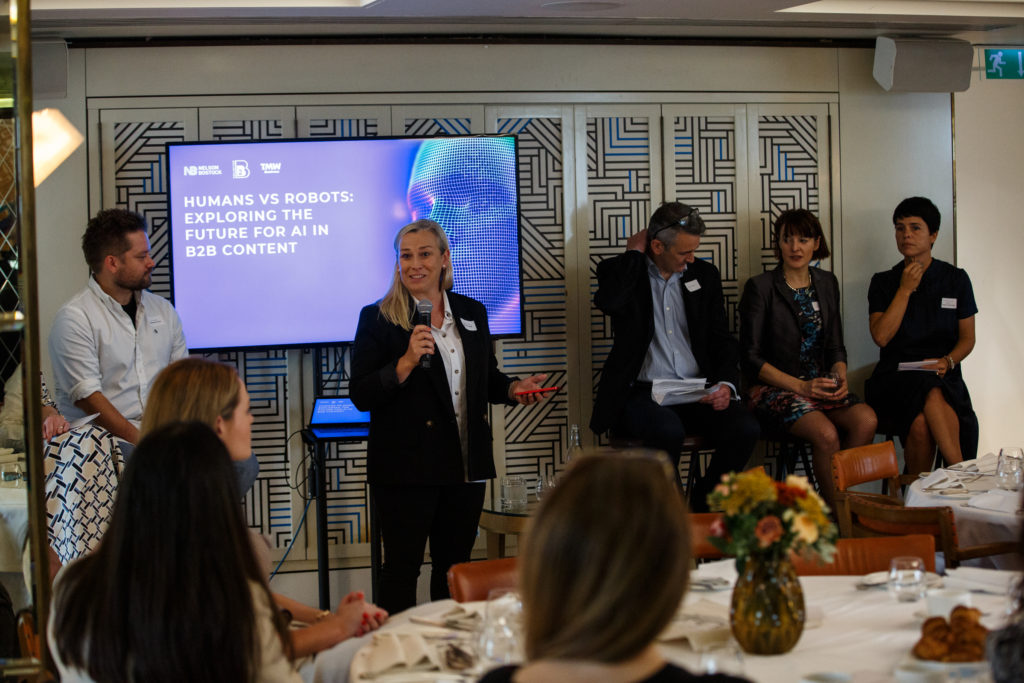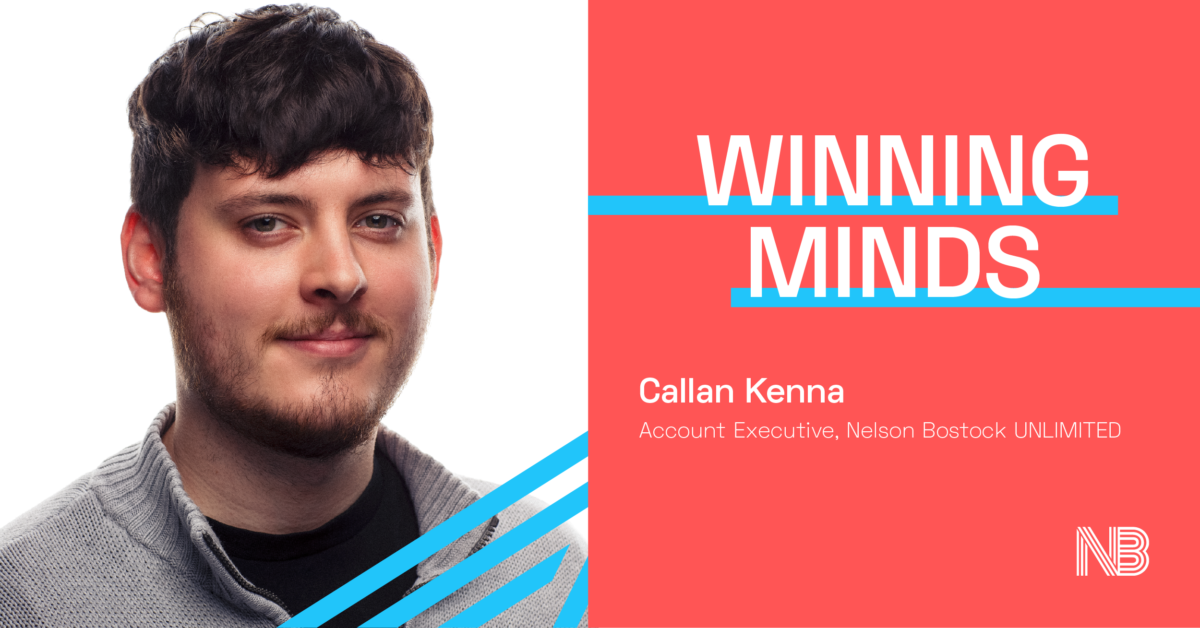In recent months, we’ve heard a lot about the difficulties of applying AI within the creative industries. For every benefit it promises, there’s a counterbalancing drawback. It can summarise complex ideas, but if the data isn’t clean, you’ll end up with a biased result. It can streamline your processes, but it can’t think creatively.
If that’s the case, are creatives doomed to never benefit from the time-saving nature of AI without compromising the quality of their work? After all, in something like a campaign brainstorm, originality is the name of the game – and if AI struggles to offer any new perspectives (and just spits out what it scrapes online), it’s never going to be useful to us. No PR campaign ever landed national coverage with yesterday’s news.
But what if you could make AI respond in a creative manner? You’d open up a whole new realm of possible use cases.
That’s where my experimenting began. And what I discovered was this: since AI can only follow instructions, getting it to do something unexpected can be as simple as asking it not to answer as an AI at all, and instead to do so as (for example), Abraham Lincoln. I even employed Succession’s Kendall Roy, and PR icon Patsy Stone…
Stick with me.
A new perspective
In PR – and indeed any creative role – most projects depend on your ability to build a compelling narrative. Whether that’s to pitch a feature, build a content campaign or design a brand identity – the story is always what people remember.
And, when you’re building out that narrative, it’s important to source a range of different opinions so you can identify the most powerful approach.
That’s why we brainstorm. It’s about bringing together a range of perspectives to address a common theme, and in the clash of all the opinions, you can stumble across an interesting or untapped point of tension.
But when you’re not able to pull a group of minds into a room, AI can fill some of the blanks. With the right prompts, you can sit in a packed auditorium of vastly different characters every time you brainstorm.
For this to work, the choice of character is important – it’s not random. You first need to figure out what it is you need from the responses; ask the AI to respond as Abraham Lincoln, or someone else like him, and it’s going to give you a very formal, principled reply.

AI-braham will give you answers in polite prose, and Kendal RoyGPT will respond in a myriad of barely distinguishable metaphors. But both can be incredibly useful as a starting-point for developing campaign names.
It’s the “tone” in which the AI responds that will be your creative springboard, rather than the actual response you get. Patsy Stone, after all, is fictional. Even if she wasn’t, the Online Safety Bill would definitely not be her area of expertise.

But when P-AI-tsy explains things, you’ll start to see bylines and campaigns behind every line.
Raining on Big Tech’s Parade, anyone? How about Cleaning Up the Digital Streets?
It’s not something you would have thought of alone, necessarily. And that’s the power of AI – if you don’t want to, you never have to do a solo-brainstorm again.
Walk in their shoes
One of the bigger failings of AI we’ve written about before is its lack of empathy.
In PR, content, design, and advertising roles, the ability to ‘walk in someone else’s shoes’ is a vital skill. We need to be able to judge possible reactions to work in order to decide how best to approach a campaign, brief, or newsworthy story.
Though I’m sure someone is trying to change this, somewhere, AI simply can’t develop empathy, no matter what character you ask it to be. What it can do, is give you an approximation of it by helping you to widen your understanding of a project. Insert a new character into your brainstorm, and you’ll be forced to think in a new direction.
By using this technique, you’re essentially encouraging the AI to suggest alternative points of view, which then challenge your own conventional ways of thinking, and your own in-built biases about a project or idea – and that’s one of the most important things you can take from a brainstorm.
The human element
Of course, it’s about feeding the AI the right things. Whatever persona you make an AI tool take on, it will still only have access to the same information. You’ll get the same facts regardless of whether you’re asking an ex-US President, a drama-loving disaster, or a fictional sleazebag – the magic is in identifying the spark within the answer.
There’s a big human element – you need to use your own judgement to know what will work, what won’t, and what kind of persona is going to work best for your purposes.
When it comes to creative exercises like “Campaign the Name”, for example, where brainstorm participants are forced to create a campaign to fit a pre-decided title, Kendall RoyGPT is a great option, because you’ll find it can fire off lots of options that sound campaign-ready.

On the topic of cyber resilience, we could pull out ‘The Bounce Back Game’, and ‘The Cyber Cracks’ from the above. Thanks, Kendall.
So you see, the character is adding a specific slant to the answers you get. Yes, the choices can be amusing, but they ultimately fulfil a purpose.
Some of the best ideas come from subverting expectations. Getting to a surprising place on your own is definitely possible – but AI provides a shortcut. And with some modifications, that’s a shortcut creatives can really use.





















